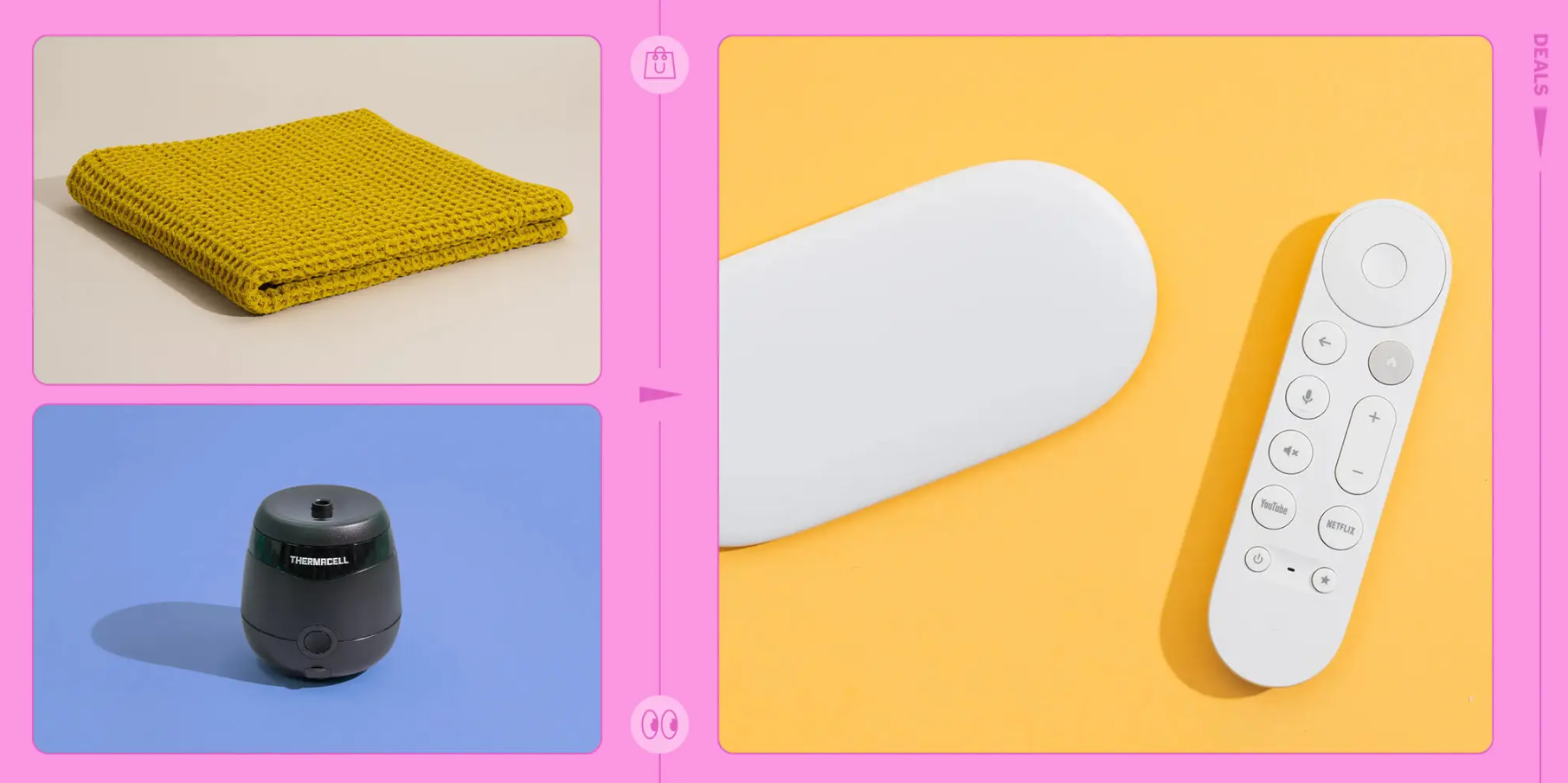Wired tests nearly two dozen chef’s knives to find the best

Why one good chef’s knife matters more than a big set
Ahead of the year-end holiday cooking rush, Wired has refreshed its in-depth guide to chef’s knives, calling the multipurpose blade the true workhorse of any kitchen. After slicing and dicing for hours with almost two dozen knives, the reviewers concluded that a single, well-chosen chef’s knife can handle almost everything a home cook needs, from breaking down vegetables to slicing meat and smashing garlic. The guide highlights a Hedley & Bennett chef’s knife as the top pick for most people, praising its balance, comfortable handle and thin, sharp edge that encourages fast chopping. A Zwilling high-carbon stainless-steel model comes in as a close second, while a Shun Premier blade is recommended for those who want a Japanese-style knife with a lighter feel.
The article stresses that price alone is not the best indicator of performance. There is even a budget Kiwi Brand knife that performed surprisingly well in tests, proving that a good edge and sensible design can matter more than luxury branding. Wired also explains how knife shape, weight and blade length affect comfort and control, noting that a standard 6- to 8-inch chef’s knife suits most hands. The gently curved blade allows cooks to rock the knife back and forth for speedy mincing, while a pointed tip helps with finer cuts. With kitchen technology racing ahead—from ovens with internal cameras to AI-linked fridges—the piece argues that the humble chef’s knife remains the one tool no serious kitchen can do without.
How to choose and care for a blade that lasts
Beyond ranking individual models, Wired spends much of the guide teaching readers how to evaluate knives for themselves. It urges shoppers to actually hold a knife before buying, if possible, to see whether the handle digs into the palm or feels slippery. Home cooks are told to pay attention to steel hardness, which influences how long an edge stays sharp, and to understand that harder blades may chip more easily if misused. The guide recommends pairing any purchase with a basic sharpener or honing rod, because even the best knife dulls over time and a dull blade is both slower and more dangerous.
The authors also warn against buying large knife sets full of rarely used specialty blades, arguing that most people only need three: a chef’s knife, a small paring knife and a serrated bread knife. Proper storage—on a magnetic strip, in a block or with blade guards—reduces the risk of nicks and accidents. For readers overwhelmed by endless options and Black Friday discounts, the takeaway is simple: pick one well-reviewed knife that feels good in the hand, learn to keep it sharp, and it will likely serve for years. In an era when many kitchen gadgets become obsolete within a few seasons, a durable, trusted chef’s knife may be the most sustainable upgrade a cook can make.





















